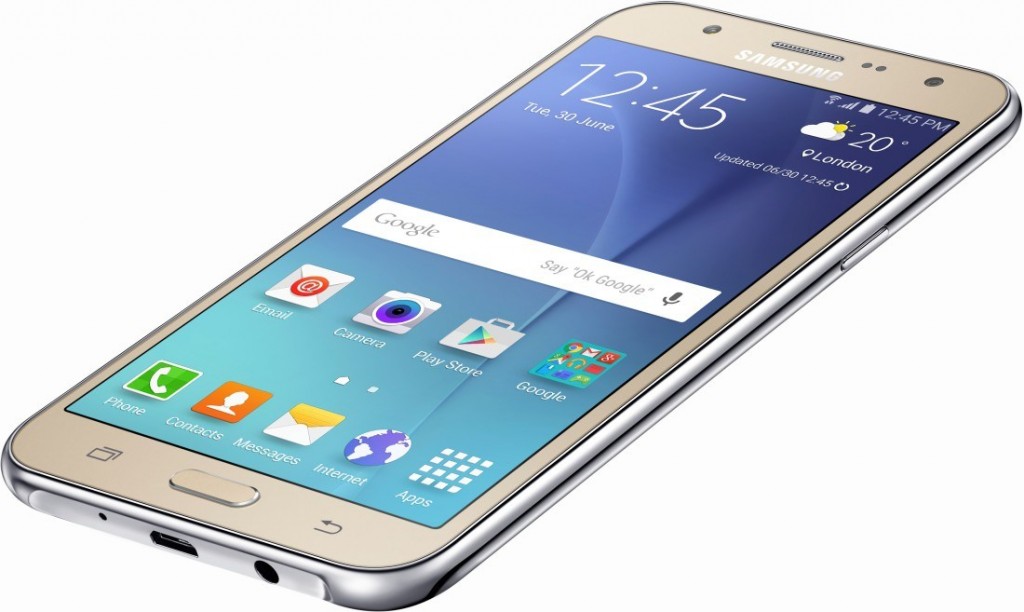Last Updated on January 5, 2023 by Mathew Diekhake
One of the prevailing reasons to root the Samsung Galaxy J7 smartphone is to install Xposed framework. Xposed makes it easy to tweak your device without having to go to the effort of installing a custom ROM or a custom recovery.
Another popular reason to root the J7 handset is to install the Titanium backup application. Not only do you get an enhanced way to back up your data on the smartphone, but you can even banish the Samsung bloatware you don’t want on your device.

These are the guidelines to root the Samsung Galaxy J7 J700F running the Android 5.1.1 Lollipop update.
Files You Need
- You must have a custom recovery installed on the Samsung Galaxy J7 J700F to use this guide.
- Download the SuperSU from this page.
- The warranty status will be void when you choose to root and install a custom recovery on the Samsung Galaxy J7 smartphone. It doesn’t matter whether you choose from CyanogenMod Recovery or TWRP Recovery. The warranty will be void just the same.
- You should follow this guide if you have the SM-J700F variant of the Samsung Galaxy J7 device only. You can check as much by pointing to the Menu > Settings > About Device > Model Number to see if it matches. Any other model number will probably get bricked.
Rooting the Samsung Galaxy J7 J700F running Android 5.1.1 Lollipop
- Download the SuperSU to the desktop of the computer.
- Connect the Samsung Galaxy J7 device to the computer with the USB cable.
- Copy the SuperSU over to the root of the internal storage SD card so it is not hidden in any sub folder. You want it to be available from the topmost folder on the SD card.
- Unplug the Samsung Galaxy J7 SM-J700F from the computer once you are satisfied you have it on the SD card.
- Boot the Samsung Galaxy J7 to recovery mode.
- Since you have already installed a custom recovery, the J7 will boot up to that same custom recovery automatically.
- Tap on the ‘Install’ option from the recovery menu and follow the prompts to browse the SD card for the SuperSU.
- Swipe the bottom of the screen to confirm you do want to install that SuperSU file.
- Go to the main recovery menu and tap on the ‘Reboot System’ option.
The Samsung Galaxy J7 SM-J700F will now reboot to normal mode and your device will be rooted with the SuperSU application available from the app drawer. You can check as much by opening the Google Play Store application on the J7 and installing the root checker application. Open the root checker and agree to any updates. The application will now check your device is rooted with a status message on the display of your smartphone. You can keep that application on your device for next time.
